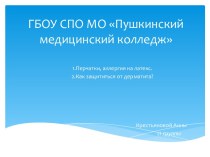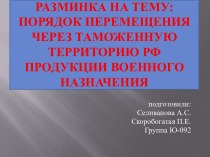- Главная
- Разное
- Бизнес и предпринимательство
- Образование
- Развлечения
- Государство
- Спорт
- Графика
- Культурология
- Еда и кулинария
- Лингвистика
- Религиоведение
- Черчение
- Физкультура
- ИЗО
- Психология
- Социология
- Английский язык
- Астрономия
- Алгебра
- Биология
- География
- Геометрия
- Детские презентации
- Информатика
- История
- Литература
- Маркетинг
- Математика
- Медицина
- Менеджмент
- Музыка
- МХК
- Немецкий язык
- ОБЖ
- Обществознание
- Окружающий мир
- Педагогика
- Русский язык
- Технология
- Физика
- Философия
- Химия
- Шаблоны, картинки для презентаций
- Экология
- Экономика
- Юриспруденция
Что такое findslide.org?
FindSlide.org - это сайт презентаций, докладов, шаблонов в формате PowerPoint.
Обратная связь
Email: Нажмите что бы посмотреть
Презентация на тему Conversational Style
Содержание
- 2. The aim of this
- 4. Conversations are one
- 5. Clearly, a conversation
- 6. The verbal part
- 7. In a conversation
- 8. Another complexity in
- 9. Spontaneous, colloquial, informal conversations display certain common linguistic characteristics.
- 10. Spontaneous Conversations The speakers
- 11. Spontaneous Conversations Sometimes the speakers
- 12. Colloquial Conversations Conversations
- 13. Informal Conversation Informal spontaneous conversation style
- 14. Some more important characteristics:
- 15. Grammatical Level On the
- 16. High proportion of parenthetic compound types of
- 17. The most noticeable aspect
- 18. On the prosodic level the
- 19. The heads are usually level, or rarely,
- 20. Telephone Conversations It’s very
- 21. The “talkers” avoid long
- 22. Vocabulary is characterized
- 23. Скачать презентацию
- 24. Похожие презентации
The aim of this section is to analyse variations that occur in natural spontaneous, everyday speech. It is the most commonly used type of intonational style and consequently a variety which will be

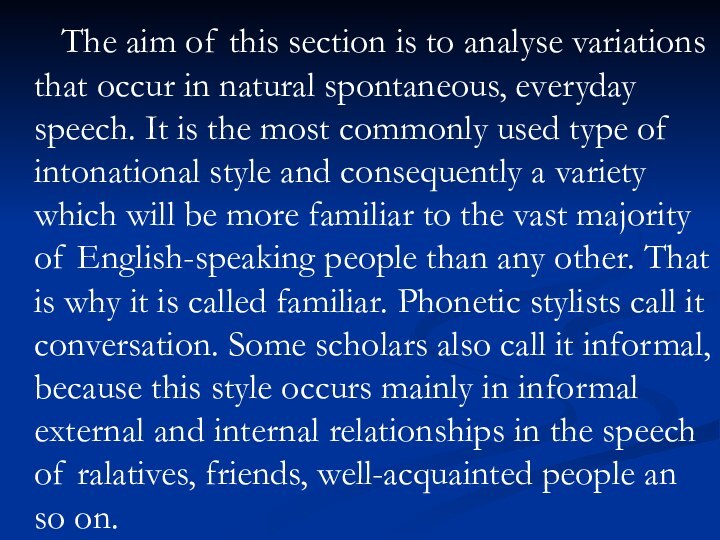














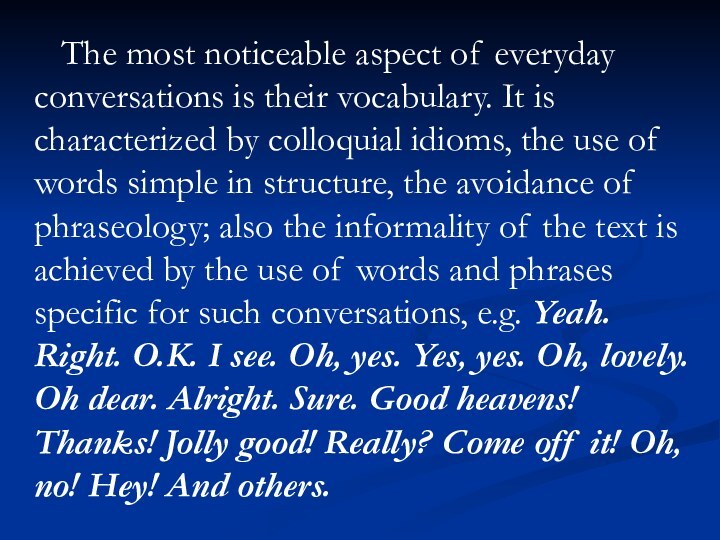



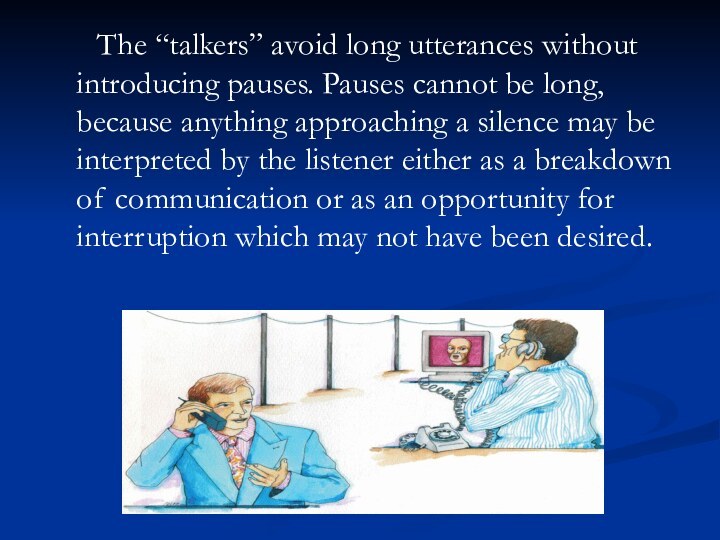


Слайд 4 Conversations are one of
the most complex forms of human behaviour. One starts
to examine in depth even apparently trivial conversations, the complexity soon becomes obvious and, as with most other aspects of language study, new dimensions to the study appear.Слайд 5 Clearly, a conversation consist
of more than verbal language. Communication, to be effective,
relies on other features than language and great deal on that is not said. A measure of common understanding has to exist between speakers.Слайд 6 The verbal part of
the communication plays a very important role and has
its own systems. The full effect is achieve and meaning are exchanged even with strangers and about unfamiliar topics.Слайд 7 In a conversation we
do not just listen to words, we derive the
meaning consciously or unconsciously from a number of other communicative systems and it could be that a lift of an eyebrow, a twitch at the side of mouth, or a silence tell us more than a dozen sentences.Слайд 8 Another complexity in carrying
out researches in this type of speech lies in
the procedural difficulties of obtaining reliable date. It is well-known that most people behave differently if they are aware of being tape-recorded, but unfortunately linguists cannot analyse everyday language without making tape recording first.Слайд 9 Spontaneous, colloquial, informal conversations display certain
common linguistic characteristics.
Слайд 10
Spontaneous Conversations
The speakers rely
very much upon the extralinguistic factors context, kinesics, etc.
This manifests itself in “incompleteness” of many utterances as the context makes it clear what was meant by the speaker, thus making redundant its vocal expression:Jane: Well… maybe, but… take responsibility; the… the… you don’t need as great a sense of responsibility for you… your kind of work as you do in teaching – all those children, all those pаrents…
Brenda: No, but you do have your… your… your colleagues at work – you have a certain amount of responsibility to them.
Слайд 11
Spontaneous Conversations
Sometimes the speakers even
abrupt the speech suddenly and tail off into silence
but the listeners understand them, catch the meaning, because the participants have a common personal background and the explicitness is tolerated or even taken for granted and is diagnostic of conversation.
Слайд 12
Colloquial Conversations
Conversations are
characterized by the lack of planning and the randomness
of subject matter. They are very often unpredictable, not guided to an overall theme as, for example, in the first conversation. This is the most changeable variety of the language.One can easily spot phrases of speech etiquette functioning in colloquial talks such as questions to keep the conversation going, asking for information, expressions leading up to questions, polite formulas for attracting attention, requesting, agreeing and refusing, expressing gratitude and others.
Слайд 13
Informal Conversation
Informal spontaneous conversation style is
characterized by a high proportion of “errors” involving hesitation
phenomena, slips of the tongue and all sorts of overlapping and simultaneous speech:Bob: I think I’d much better prefer to go in for teaching.
Jane: Jolly good.
Bob: because…er…well, you get long holidays.
Слайд 14
Some more important characteristics:
Entire
range of vocalic clusters, sounds, non-verbal signals are common
in conversation, e.g. mmmm, sshh, ah, brr, etsAlso, one can hear whistles, laughs, giggles, clearings of the throat, snorts and sniffs.
Слайд 15
Grammatical Level
On the grammatical
level informal conversation provides delimitation of utterances and sentences.
Minor sentences are extremely frequent in responses, many of them are incomplete. There are a few other points to be noted on the grammatical level:Слайд 16 High proportion of parenthetic compound types of sentence
introduced by you see, you know, I mean, I
say and others.Frequent use of interrogative sentence types and very few imperatives.
Common use of vocatives, especially in initial position.
Rare use of nominal groups as subjects; the personal pronouns are more in evidence, the informal you is quite common in its impersonal function.
A great number of question tags.
The use of all sorts of repetitions and repetitions structures. Even adverbial intensifiers such as very may be repeated several times.
The occurrence of contrasted verbal forms (he’s. I’ll, I’ve).
The frequency of colloquial ellipses.
Слайд 17 The most noticeable aspect of
everyday conversations is their vocabulary. It is characterized by
colloquial idioms, the use of words simple in structure, the avoidance of phraseology; also the informality of the text is achieved by the use of words and phrases specific for such conversations, e.g. Yeah. Right. O.K. I see. Oh, yes. Yes, yes. Oh, lovely. Oh dear. Alright. Sure. Good heavens! Thanks! Jolly good! Really? Come off it! Oh, no! Hey! And others.Слайд 18 On the prosodic level the researchers
provide us with date that help us to do
some generalizations.Conversations fall into coordinated blocks, consisting of suprasegmental and supraphrasal units tied up by variations within the length of pauses, speed, rhythm, pitch ranges, pitch levels and loudness.
Since there are no restrictions on the range and depth of emotions which might be displayed in conversational speech situations they will allow entire range of prosodic effects.
Intonation groups are rather short, their potentially lengthy tone units tend to be broken. These short interpausal units are characterized by decentralized stress and sudden jumps down on communicative centres, e.g.
Jane: →That’s ¸going…|to→make you very un‘fit, you know.
Слайд 19 The heads are usually level, or rarely, falling.
Falling heads occur only in groups consisting of several
stressed syllables.As for the nuclei, simple falling and rising tones are common. Emphatic tones occur in highly emotional contexts. High pre-nuclear syllables are very frequent
The tempo of colloquial speech is very varied. The natural speed might be very fast but the impression of “slowness” may arise. The speakers may have no pauses between their parts, very often they speak simultaneously, interrupt each other
Interpausal stretches have a marked tendency towards subjective rhythmic isochrony
Слайд 20
Telephone Conversations
It’s very specific
register of conversation style. This sphere of communications limited
in certain important respects by the special situation, which imposes of restrictions.The telephone conversation is quite unique being the only frequently occurring case of a conversation in which the participants are not visible to each other, so there is some uncertainty in keeping up the give-and-take between the participants.











